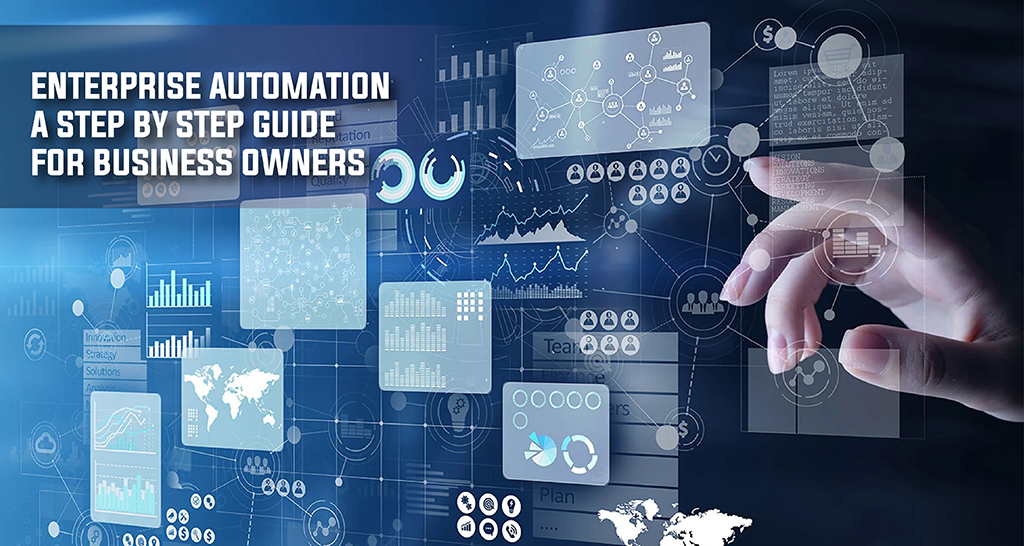Efficiency and productivity are paramount if you want to stay on top of the game in the fast-paced world of business. One way to achieve this is through enterprise automation. Automation streamlines operations, reduces errors, and frees up your team’s time for more strategic tasks.
If you’re a business owner looking to embrace the power of automation, here’s a step-by-step guide to get you started:
Identify Your Goals
The first step to enterprise automation is clearly defining your objectives. Ask yourself what specific processes you want to automate, and what are your expected outcomes. Whether it’s improving customer service, reducing costs, or enhancing data analysis, having well-defined goals will guide your automation efforts.
Evaluate Your Current Processes
The next step would be to take a close look at your existing workflows. Identify repetitive, time-consuming tasks that can be automated. Common candidates for automation include data entry, email marketing, inventory management, and customer onboarding. Understanding your current processes is essential for selecting the right automation tools and strategies.
Choose the Right Automation Tools
Selecting the right tools is crucial to successful automation. For example, you can use tools like Broadcom’s Clarity Software to manage investment portfolios, digital products, and collaborative work in your business. This will certainly help you ensure that you invest your company’s time and money in the right business initiatives
There are many other nice automation tools including Customer Relationship Management (CRM) software that can play a significant role in automating various aspects of your business, leading to increased efficiency, improved customer interactions, and streamlined processes. For example, you can set up a workflow to automatically notify a manager when a deal reaches a certain stage or when a support ticket has been unresolved for a certain period.
You can also invest in a bespoke marketing automation platform, and Robotic Process Automation (RPA) systems you can use to automate various processes in business.
Tip: Just ensure you assess each option based on your unique needs and budget.
Plan and Design Your Automation Workflow
Once you’ve chosen your tools, it’s time to design your automation workflow. Map out the entire process, including triggers (events that initiate automation), actions (what the automation does), and conditions (criteria that must be met). Team collaboration is vital to ensure a smooth transition and to gather valuable insights into the automation process.
Implement and Test
Once you are happy with your automation workflow, begin by automating one process at a time, starting with smaller, less critical tasks. This allows you to identify and resolve any issues without disrupting your entire operation. Ensue you test rigorously to ensure that the automation is working as expected, and make adjustments as needed.
Adapt and Evolve!
Lastly, it would be wise to remember that the business landscape is ever-changing. Therefore, it would be a shame for your automation strategy to remain the same. Ensure you continually seek opportunities for improvement and be open to adopting new automation technologies as they emerge.
Wrapping up
Embracing automation can lead to increased productivity, improved customer satisfaction, and a stronger bottom line. It can also significantly enhance your business’s efficiency and competitiveness in the crowded market. By following this step-by-step guide, you can embark on a successful automation journey. Remember that automation is a continuous process that requires careful planning, integration, and ongoing optimization to maximize its benefits

